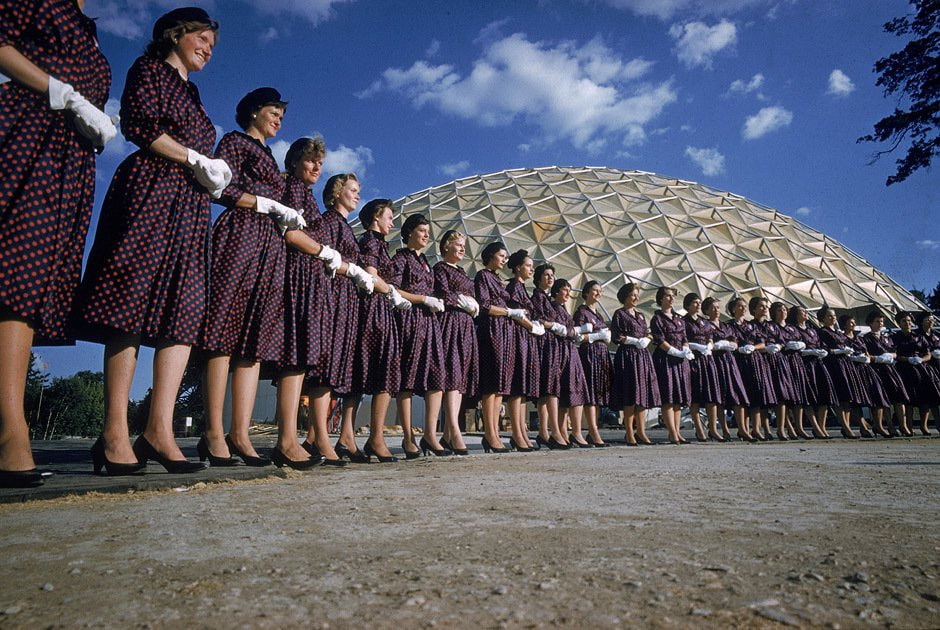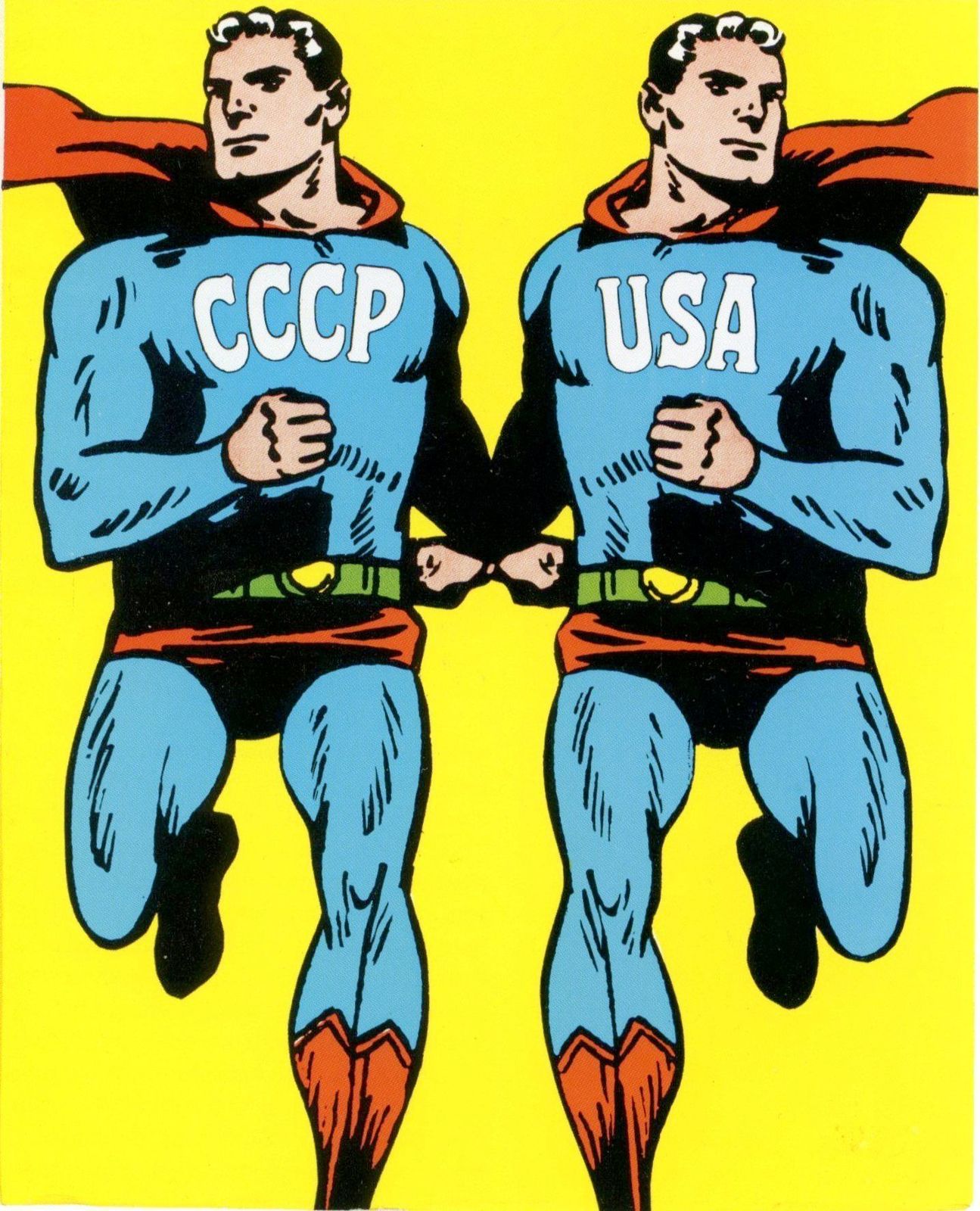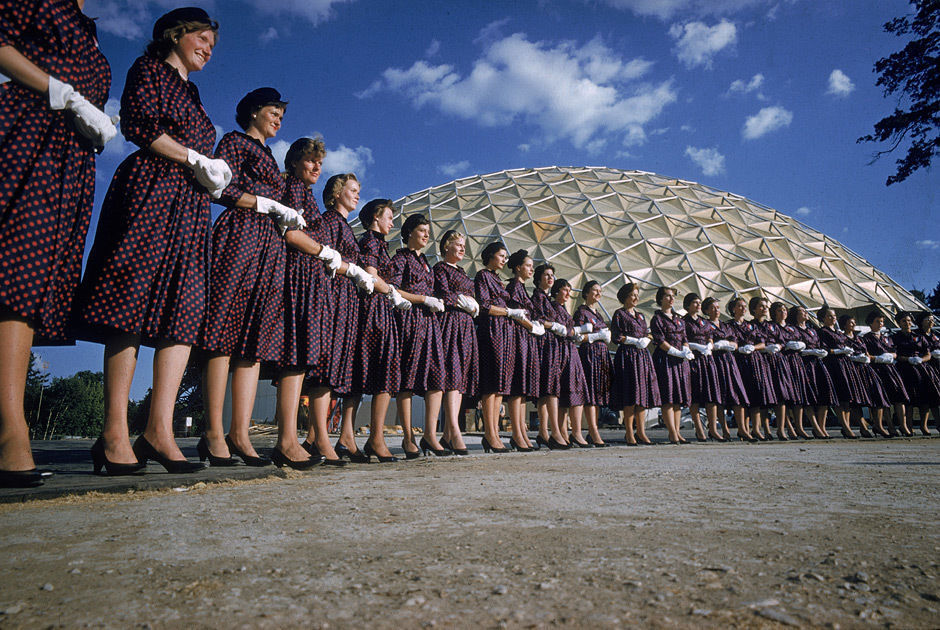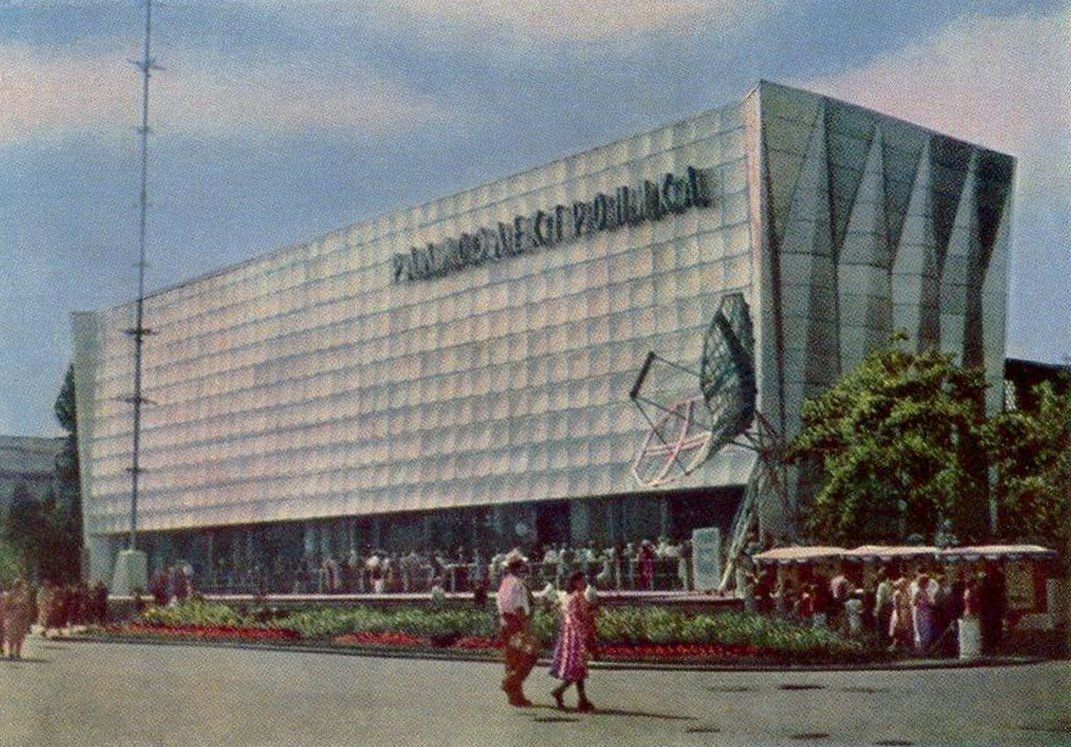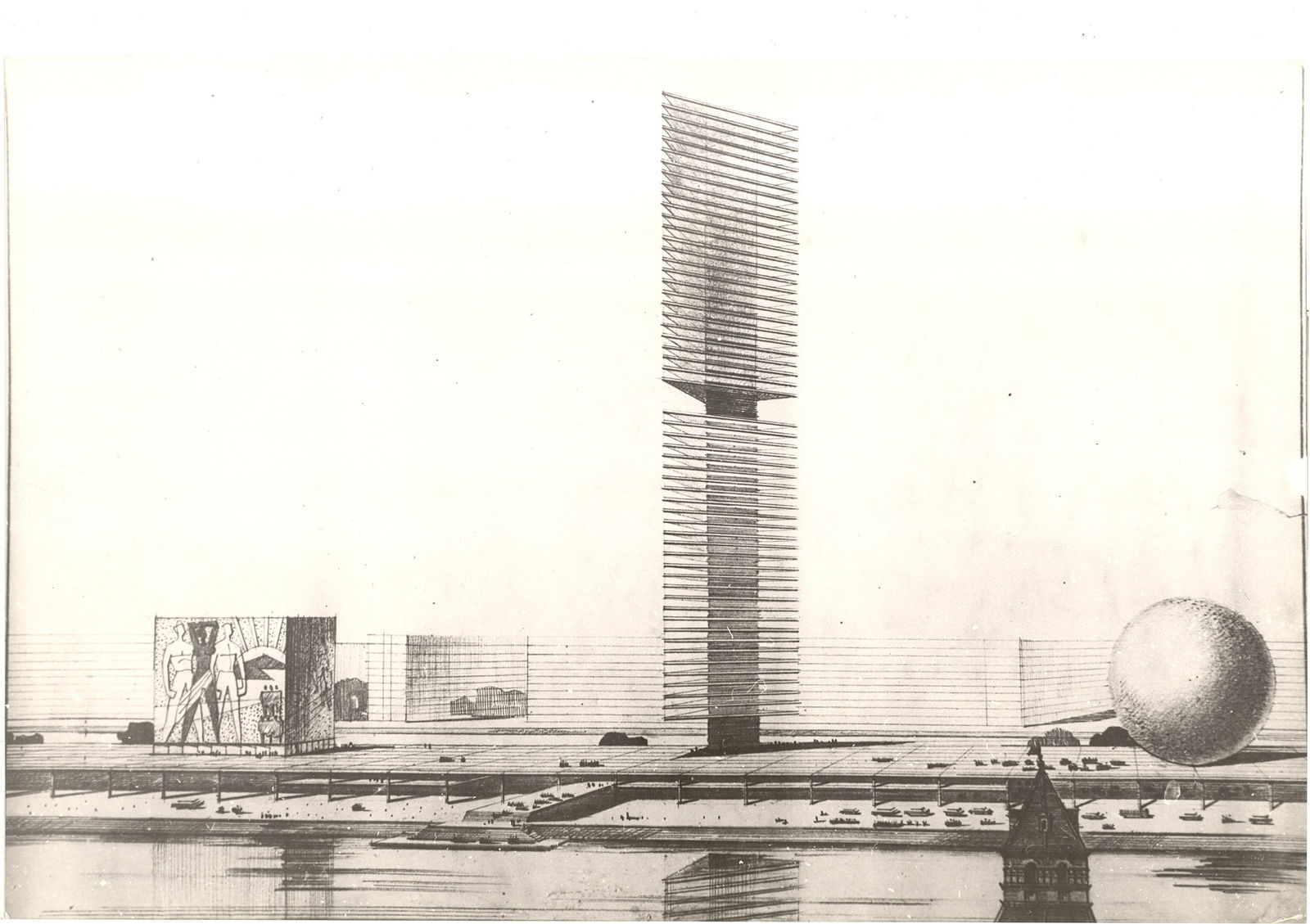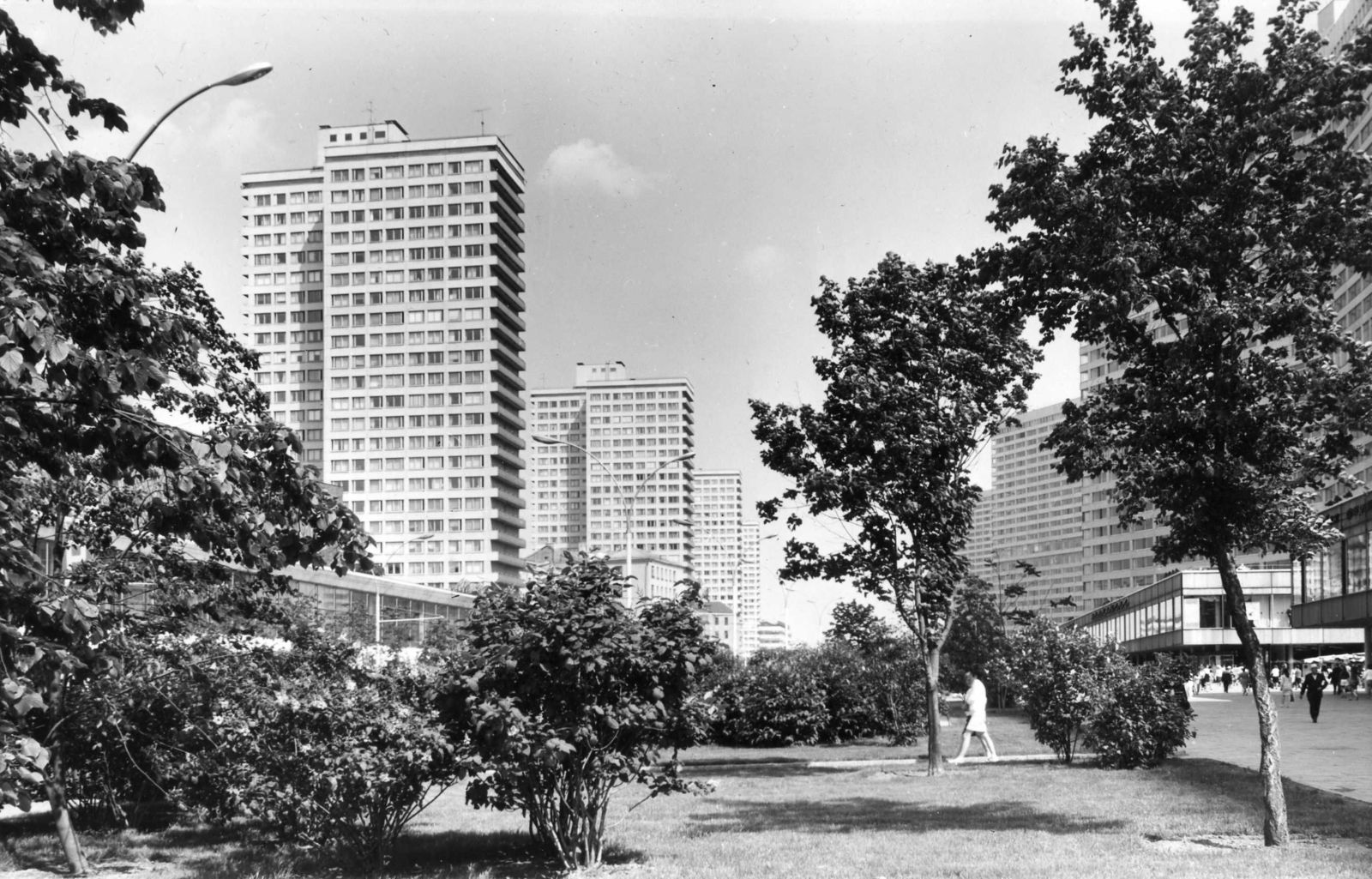The housing crisis and the process of de-Stalinization brought modernism and avant-garde back to Soviet urban planning and construction projects. Some of the outstanding projects of the 1950–1970s will be discussed in this lecture.
Having launched a struggle against "architectural extravagances" in December 1954, Nikita Khrushchev once again turned Soviet architecture toward Modernism. He pursued two objectives: to overcome the housing crisis as quickly as possible and at the same time to abandon the vestiges of the Stalinist regime. But once it found itself on the international field, the architecture of the Soviet Union became a participant in the race to catch up with and overtake America. By drawing upon foreign experience and the memory of the avant-garde achievements of engineering, as well as using specific features of the planned economy and overcoming the obstacles created by it, Soviet architects of the 1960s and 1970s managed to shape their own bright vision of Modernism.
This lecture will describe the American and Soviet pavilions at the World Expo of 1958, the American Exhibition in Sokolniki (1959) and the new pavilions of ENEA, as well as discussing such landmark projects as the Ostankino Tower, Novy Arbat, the "Zhiguli" service station on the Varshavskoe Highway, and the architecture of research institutes and computing centers.
